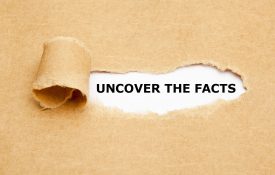-
If you’re going to Instagram your food, you may as well do it right. Here’s how.
The Washington Post: I have taken a few photos of taupe sandwiches. Blobby, beige plates of pasta. Drinks so dimly lit you couldn’t tell what they were. Scroll deep, all the way to the bottom
-
What a Bad Decision Looks Like in the Brain
The Atlantic: Humans often make bad decisions. If you like Snickers more than Milky Way, it seems obvious which candy bar you’d pick, given a choice of the two. Traditional economic models follow this logical
-

Here, There, Everywhere
Psychological scientists have built thriving research careers outside the traditional boundaries of university psychology and behavioral science departments, including dentistry, optometry, engineering, music, fashion, and even physics.
-
How Science Can Help Get Out the Vote
Scientific American Mind: Only about half of the people who could vote in the 2012 U.S. presidential election actually did so (53.6 percent of the voting-age population). This puts turnout in the U.S. among the
-

Why We Fall Prey to Misinformation
Even when we know better, we often rely on inaccurate or misleading information to make future decisions. A review of scientific research explores the reasons why.
-

Witnesses Confuse Innocent and Guilty Suspects with ‘Unfair’ Lineups
Police lineups in which distinctive individual marks or features are not altered can impair witnesses’ ability to distinguish between innocent and guilty suspects.

